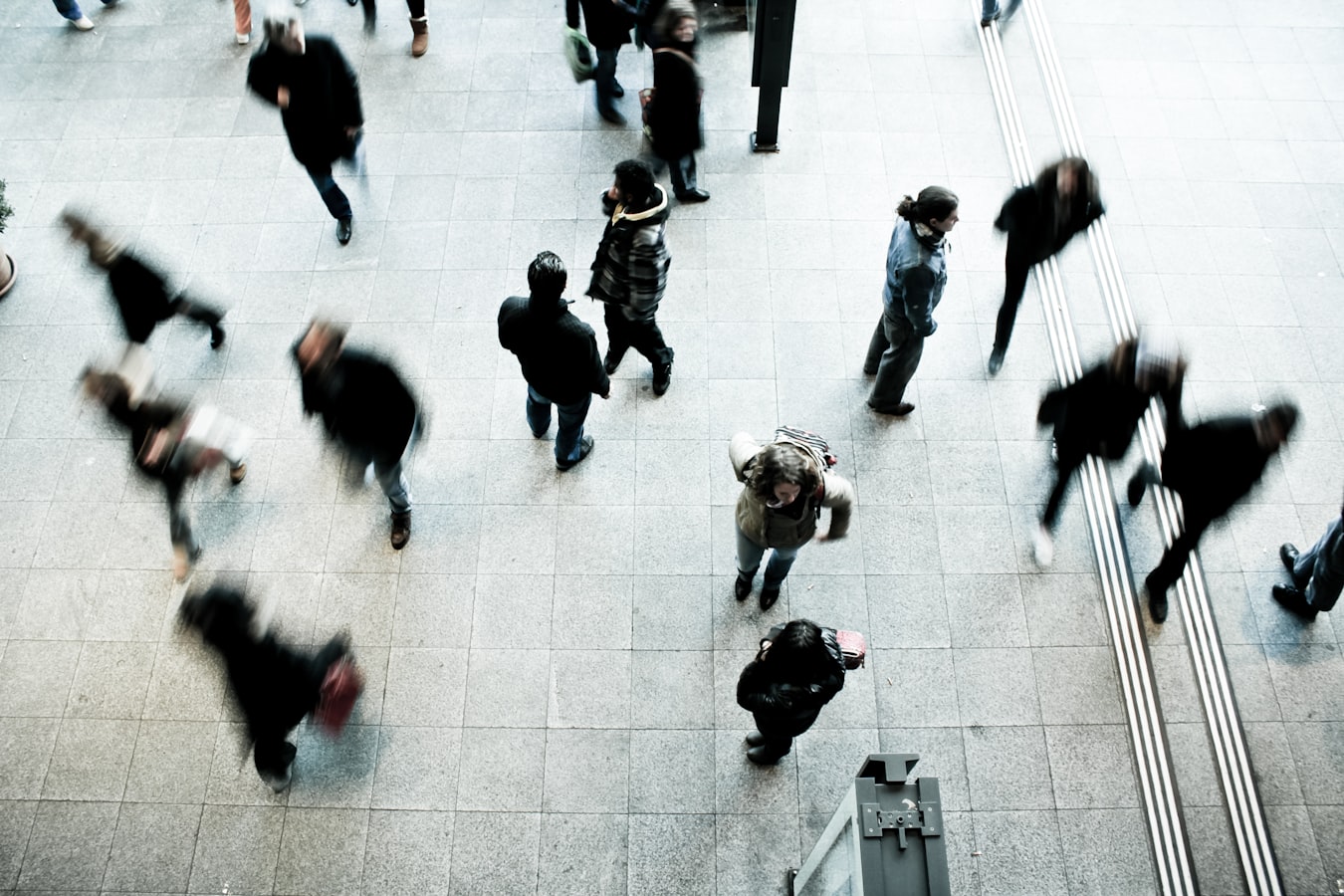Sanofi Australia
Hidden in broad daylight – the deadly impact of non-melanoma skin cancer in Australia
Richard Vines, CEO, Rare Cancers Australia &
A/Prof Alex Guminski, Northern Sydney Cancer Centre, Royal North Shore Hospital (also available spokespeople)
New report finds critical blind spots hampering efforts to tackle Australia’s national cancer1
Up to 1,700 Australians are estimated to die from advanced non-melanoma skin cancer each year; those living with the disease can experience social isolation and poor mental health1
18 September 2020 – Sydney: A new report released today reveals the unseen burden of non-melanoma skin cancer that is causing an estimated four deaths per day in Australia and hardship for those who live with the disease.1
Developed in consultation with Rare Cancers Australia and leading cancer specialists using data analyses by PwC Australia, the ‘Burden of Non-Melanoma Skin Cancer’ report provides a comprehensive, up-to-date analysis of the potential impact of cutaneous squamous cell carcinoma (CSCC) and basal cell carcinoma (BCC) – commonly referred to as non-melanoma skin cancers.
The report projects that up to 1,700 Australians will lose their life to advanced non-melanoma skin cancer this year.1 This projection is based on modelling of relative survival data as non-melanoma skin cancers are not notifiable and therefore not tracked via the Australian Cancer Database.
In response to the report findings, leading cancer clinicians and advocacy organisations are calling for better public awareness, more comprehensive data collection and improved patient access to medicines. These measures will help tackle Australia’s most commonly diagnosed cancer,2 with incident rates estimated to be the highest in the world.3
According to Associate Professor Alex Guminski, Northern Sydney Cancer Centre, Royal North Shore Hospital, Australians have some blind spots when it comes to non-melanoma skin cancers.
“Skin cancers, unlike other cancers, are not comprehensively recorded, however a community survey has previously estimated that around 2 in every 3 Australians will be diagnosed with a non-melanoma skin cancer by the age of 70.2,4 Fortunately the great majority of these can be easily cured, however this means most people don’t realise that some can be more complicated to treat and potentially deadly,” said A/Prof Guminski.
“The stark reality is the mortality rate for non-melanoma skin cancer is significant and by some estimates could be responsible for more deaths in Australia than melanoma in the coming years. In contrast the mortality rate for melanoma appears to have declined over the last few years, possibly due to greater awareness among the general population and the availability of newer treatments for advanced melanoma.5”
The report also draws on existing data to highlight how people living with advanced or recurring non-melanoma skin cancers can experience significant social isolation and poor mental health.1 People living in rural and remote areas, particularly older males and members of the farming community, may be especially vulnerable to the physical and mental impact of non-melanoma skin cancer.3,6,7
According to Richard Vines, CEO of Rare Cancers Australia, there are significant social and economic benefits to improving outcomes for people living with “hidden cancers” like non-melanoma skin cancer.
“The sense of isolation and confusion these people often feel is understandable, given the lack of information and support currently available. These people need greater levels of care so they can continue to enjoy life with their family, community and at work,” said Mr. Vines.
“We need greater public awareness of non-melanoma skin cancers to dispel common misconceptions, more research to help understand the problems faced by those affected and better access to life-extending treatment options. In particular, we need to focus improved care and treatment on older people and those living in rural areas where our hot Australian sun often takes a devastating toll.”
The “Burden of Non-Melanoma Skin Cancer in Australia” Report can be accessed in full at www.sanofi.com.au/skin-cancer-unseen
/Public Release.







